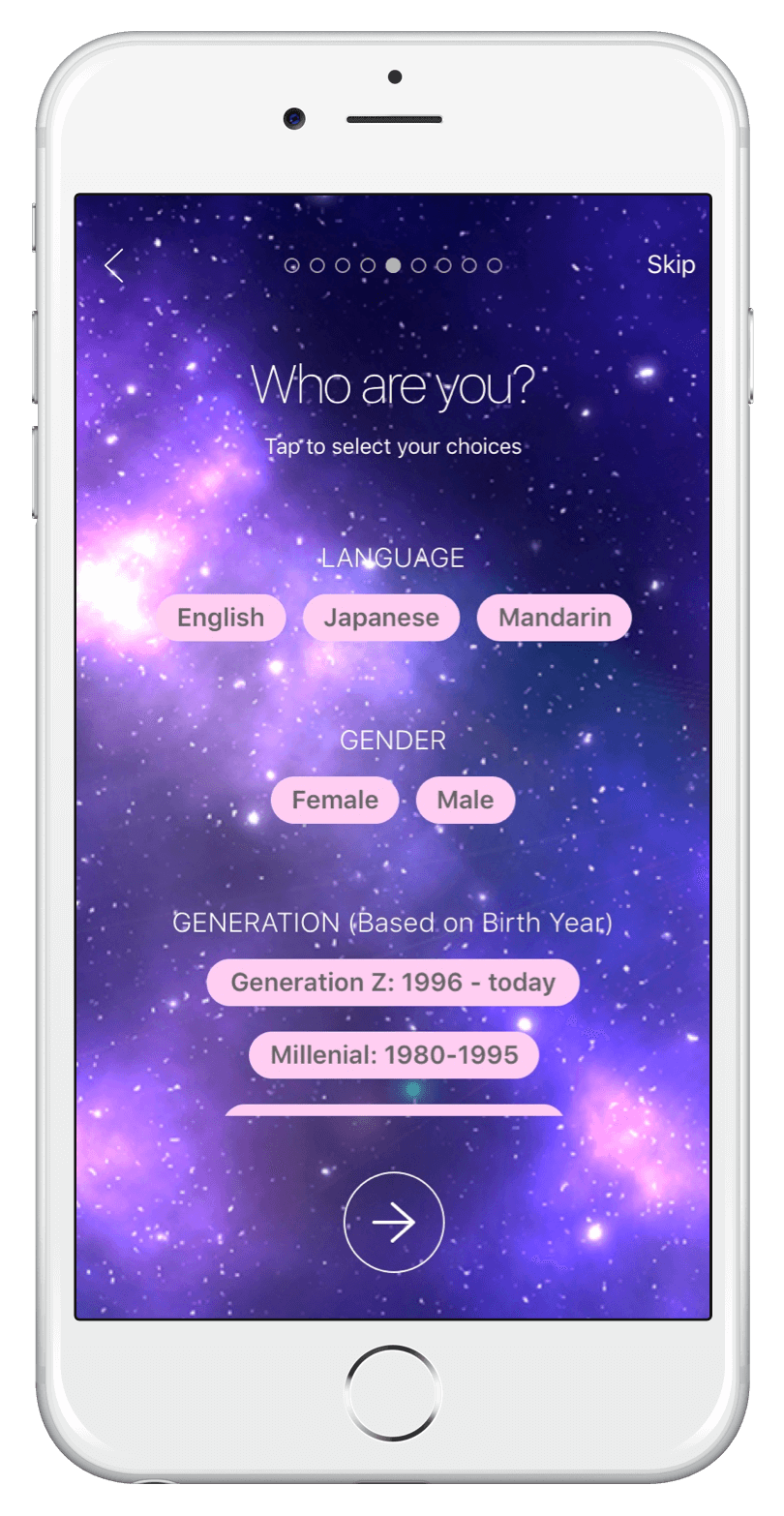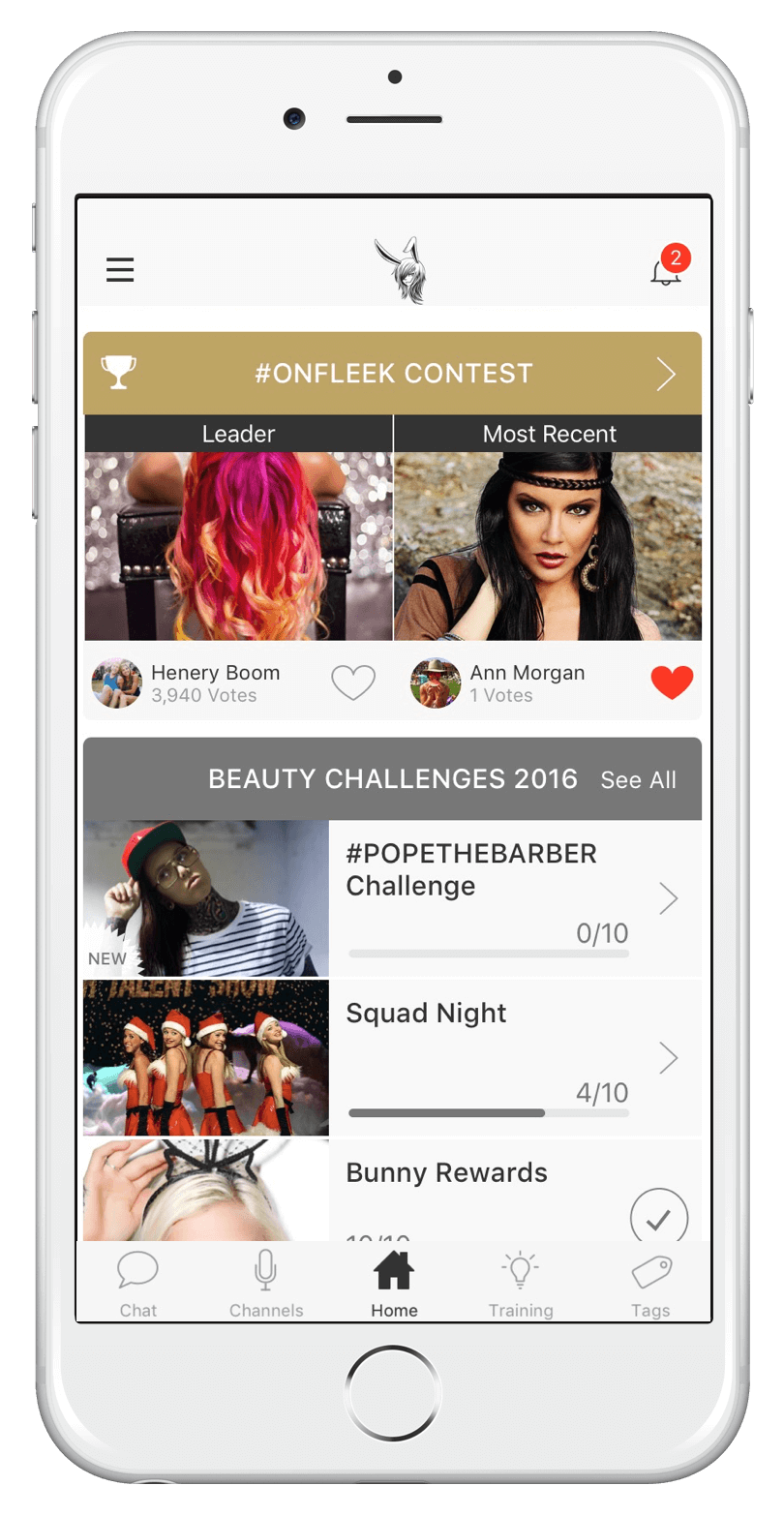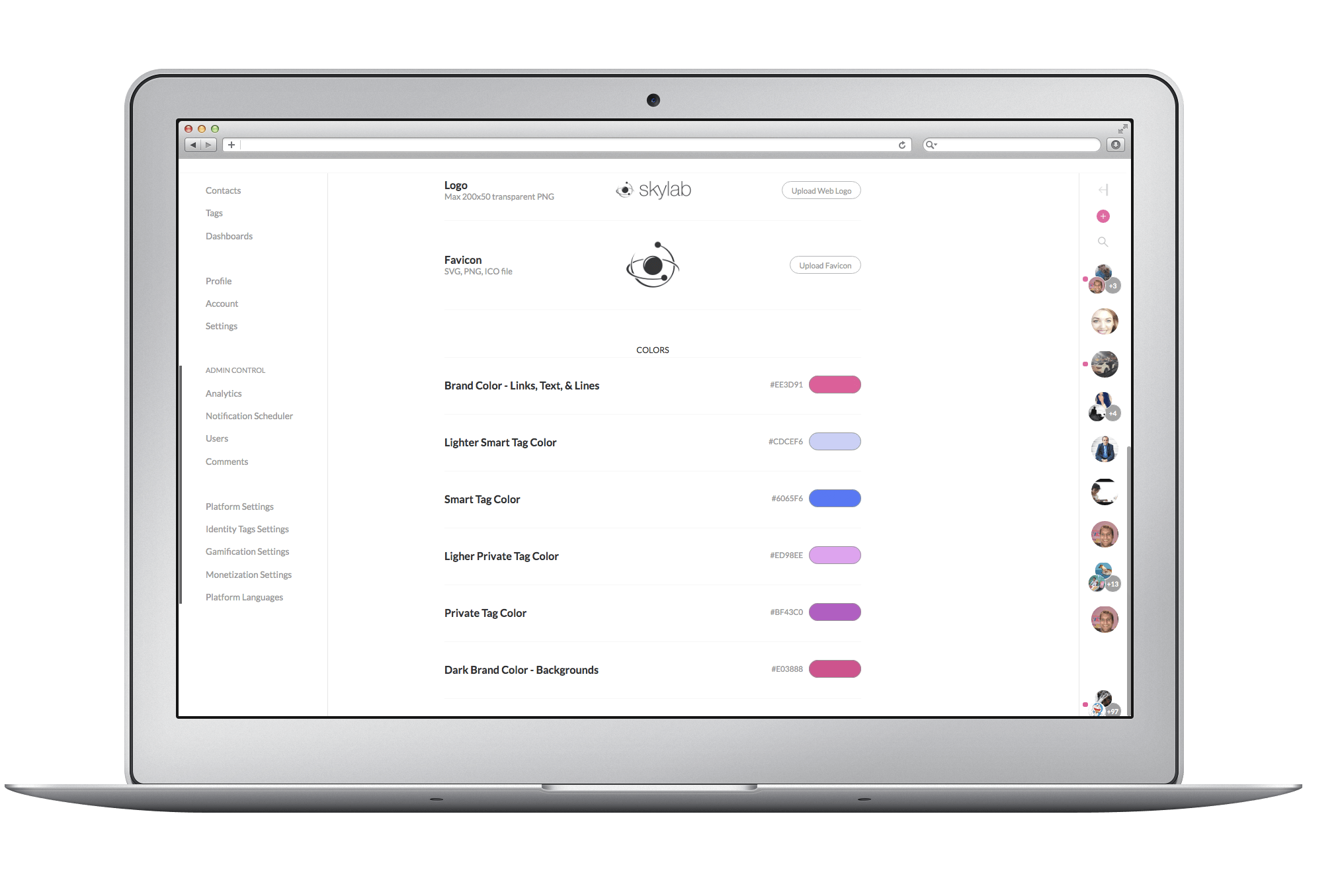The Mobile Platform Era is here
The number of mobile platform users today is greater than the number of desktop users!
Consequently, businesses have realized the need to effectively use mobile channels platform for attracting customers. They have started new operations (or scaled existing ones) through mobile websites and mobile apps.
“Mobile devices have already ingrained themselves into our daily lives and business are realizing that this is something that can work to their advantage.”
Dean Grey, Entrepreneur, CEO & Founder of Skylab apps
While businesses with large wallets can afford to employ both mobile websites and apps platform, other companies might have to choose one  of them. The choice between mobile apps and websites depends on their cost, usability, required features and the audience they serve.
of them. The choice between mobile apps and websites depends on their cost, usability, required features and the audience they serve.
That being said, studies show that users prefer mobile apps platform more than mobile websites. This makes for a strong reason to have mobile apps for reaching out to potential (and existing) customers.
In addition, there are various other reasons, too, that make mobile apps better than mobile websites platform.
#1 Mobile Apps Offer Better Personalization
Personalization is about offering tailored communication – Smart Chat – to users based on their PIIP (Proximity, Identity, Interest and Performance)
“Personalization is critical in making a mobile User Experience delightful”
Anthony O’Donoghue

With mobile apps, it’s easy to treat users with a personalized experience.
Mobile apps can let users set up their preferences at the start, based on which users can be served with customized content. Apps can also track and observe user engagement, and use it to offer custom recommendations and updates to the users. Furthermore, they can also identify location of the users in real-time to provide geography-specific content.
However, improving user experience is not the only purpose that personalization serves. It can also help improve conversion rate of apps:
When users are pampered with personalized content, they have a higher chance of making a conversion.
At Skylab, visuals and layouts are customizable, but the underlying structure is stable & standard. This creates total control for the client – flexibility within a proven and tested framework.
This is a massively-disruptive model
#2 Ease of Sending Notifications
For the last couple of decades, email has been the most widely-used business communication tool. Businesses have extensively used email (some almost abused it) to reach out to their users. As a result, email has lost the effectiveness it once had; its open rates and click rates have constantly dropped.Well, there’s no reason to worry.

Push notifications
The notifications are of two types: push and in-app notifications. They both are exciting alternatives for communicating with app users in a less intrusive manner.
The ability to send instant, non-intrusive notifications to users is so desired that it is one of the major reasons why many businesses want to have a mobile app in the first place.
In-app notifications are the notifications which users can only receive when they have opened an app.

In-app notifications
Push notifications, on the other hand, are those notifications which users can receive regardless of any activity they are doing on their mobile device. There have been instances where the push medium of notifications has delivered click-through rates of 40%.
At Skylab, we’ve got the full suite: outside the app, inside the app, and a master control center.
Notifications are the primary way users get information about activity in their apps.
#3 Making Use of Mobile Device Features
Mobile apps have the advantage of utilising features of a mobile device like camera, contact list, GPS, phone calls, accelerometer, compass, etc.

App using native feature : the camera
Such device features, when used within an app, can make the user experience interactive and fun.
Moreover, these features can also reduce the efforts users would have to make otherwise. For instance, users completing a form on a banking app might need to submit their photograph for completion of the process. The app can let users take help of the camera of their mobile device to capture and submit a photograph.
“Apps can utilize native features of mobile devices to enhance User Experience.”
Anthony O’Donoghue
The device features can significantly shorten the time users take to perform a certain task in an app, and can even boost conversions.
Add-on: Mobile websites platform can also use some features of a mobile device like camera, GPS, etc. Still, there are technological constraints in utilizing all the multimedia features of a device (which mobile apps can use).
Skylab has worked in the development of BlowBunny app. We use the native features which had been shown above to create Voting Contest. It’s one of the Gamification add-on features that Skylab can provide.

You can see the most recent posts and -following customizable tabs- the Leaderboard with the actual ranking, your own posts and the winners from the past weeks.

This fun contest renews every so often – admin choose the timeframe – and the winner earns a reward!

Customize the How to Win screen to display the contest info and reward
#4 Ability to Work Offline
It is probably the most fundamental difference between a mobile website and an app.
Although apps too might require internet connectivity to perform most of their tasks, they can still offer basic content and functionality to users in offline mode.
“The beauty of mobile apps lies in their ability to work even in offline mode.”
 Let’s take the example of banking app again.
Let’s take the example of banking app again.
The app can provide features like tax calculation, instalment calculation, and determination of loan limit. These features can work even without the help of an internet connection.
Add-on: Even though mobile websites platform can use caching to load web pages without an internet connection, they can only offer limited functions.
#5 Freedom in Designing
Even with all the technological advancements in web designing, mobile websites have to rely a lot on browsers to perform even the most elementary functions. Mobile websites depend on browser features like ‘back button,’ ‘refresh button,’ and ‘address bar’ to work.
 Mobile Apps don’t have any of these restrictions.
Mobile Apps don’t have any of these restrictions.
A mobile app can be designed with a lot of elaborate functions, based on advanced gestures like ‘tap,’ ‘swipe,’ ‘drag,’ ‘pinch,’ ‘hold,’ and more.
Apps can use these gestures to offer innovative functionality that can help users perform a task better. For example, an app can let users move to a next or previous step using the swipe gesture.
Skylab gives you the ability to modify colors/branding + actions + bottom/side menu navigation.
#6 New Branding Experience
Since a mobile app is distinct from a company’s website, it has the liberty of offering a new branding experience to users. It means that the company can experiment with new branding styles for the app, which can be different from the regular brand style of the company’s website (or the company altogether).
Going a step further, companies can build mobile apps specifically to transition into a new brand style for themselves.
“Mobile apps can be used to create a distinguished brand for your product/service.”
Additionally, a mobile app can also allow users to customize its appearance, as per users’ liking. This can further help in the personalization front of the app.
Add-on: The concept of microsites work on similar lines. Microsites offer a distinct brand experience to users, as compared to their parent sites. They are often used to promote a sub-brand, an event, or a newly-launched service. 
Skylab can implant a social media page and any website directly into the app. This enhances User Experience.

On this screenshot of the Allysian app, the Action-Buttons can be set in a different way and the different tabs at the bottom of the app as well
Allysian Science is One of the Skylab’s Clients. Its mission is to maximize human potential through advanced science and education, enabling people to become the best at whatever they choose to be.
Skylab provides to the Admin a wide Platform Settings Control as seen in the previous point. Admin can optimize and change the display as they wish.
The Brand story, aspirations, clients & partners, testimonies and others branding experience can be available with great refine design and layout on the app. New users can easily access to those in the Training tab. Each lesson give credit to the reader by just indicate that it has been completed. Each completed lesson will be displayed on the Recognition Wall where every users can like, comment and access to.
#7 Users Spend More Time on Apps
Mobile users spend 86% of their time on mobile apps and just 14% of the time on mobile websites.
“In today’s market, in order to be a successful company it is essential to go mobile”
Moreover, the average time users spend on mobile apps is also increasing — rising by 21% in 2015 from 2014.
Note: A point to consider here is that users spend a majority of their time on gaming apps and social media apps. Skylab has merged both of them to create a Gamified Social Media.
However, we also don’t have data telling us which mobile websites users visit more often (out of the 14% of their time mentioned above). Hence, it’s not possible to make a comparison.
#8 New Stream of Conversions
If you’re looking to increase conversions, mobile apps platform can be a great medium to push users down the conversion funnel.
Mobile apps can be used to acquire both top-of-the-funnel (ToFu) and bottom-of-the-funnel (BoFu) users.
For instance, utility ap ps can bring-in ToFu users, which can be later nurtured into BoFu leads. On the other hand, apps like eCommerce already have BOTF users, who have a higher possibility of converting.
ps can bring-in ToFu users, which can be later nurtured into BoFu leads. On the other hand, apps like eCommerce already have BOTF users, who have a higher possibility of converting.
Add-on: Since mobile apps are much more targeted in nature (through their content and utility), they can be used to tap specific users in the funnel. Mobile websites, in contrast, reach out to a diverse set of audience.
With Skylab, you already have a community of BoFu and ToFu. Those Users will jump on your app when it will be launched ! Companies focus on capturing new customers, but successful brands knows the importance of retaining & rewarding existing customers.
If your user base does not feel a compulsive need to check your app multiple times a day, you are unable to compete. We leverage this need for frequent engagement, exploration, and unpredictability.
#9 Brand Presence
![]()
Users spend a substantial amount of their time on mobile devices. It’s safe to say that many of the users encounter the apps they’ve installed on their devices, almost every day. This regular encounter can be viewed as a branding opportunity for the apps. For the record, a study shows that U.S consumers spend 5 hours on their mobile each day !
Even when users are not actively using a mobile app, they are still reminded of the brand associated with the app. The icon of the app acts like a mini-advertisement for the brand.
“Mobile app icons can work like innovative ad-banners.”

The Allysian Logo is its Brand’s Identity
The presence of an app on a user’s device helps influence user’s perception about a brand, subconsciously.
This user behaviour can be linked to the Signal Detection Theory, which suggests that users process even those ads which they’ve ignored at some level in their minds.
With Skylab platform, we have implanted a Gamification Engine with gamified features to add value on what is already on the mobile market. This increases the companies’ value.
#10 Apps Can Work Faster Than Websites
A well-designed mobile app can perform actions much quicker than a mobile website.
Apps usually store their data locally on mobile devices, in contrast to websites that generally use web servers. For this reason, data retrieval happens swiftly in mobile apps.
Apps can further save users’ time by storing their preferences, and using them to take proactive actions on users’ behalf.
There is also a technical justification as to why mobile apps can work faster.
Mobile websites use javascript code to perform most of their functions. And the framework that mobile apps use can run almost five times faster than a javascript code!
“So, mobile websites are technically slower than mobile apps!”
While all this is happening in the background, users get to complete actions quicker on the front-end of mobile apps, again contributing to a delightful user experience.
Mobile App v/s Mobile Site — What Should You Choose?
 Developing both mobile website and mobile app for your business can prove to be a costly affair. You might have to choose one of the two channels, based on your budget and business goals. While both channels have their own pros and cons, mobile apps, especially, can help you get higher conversions. Mobile apps offer greater personalization and operational efficiency, along with multiple other exclusive features.
Developing both mobile website and mobile app for your business can prove to be a costly affair. You might have to choose one of the two channels, based on your budget and business goals. While both channels have their own pros and cons, mobile apps, especially, can help you get higher conversions. Mobile apps offer greater personalization and operational efficiency, along with multiple other exclusive features.
At Skylab apps, we provide Mobile & App platform according to the client’s needs. We also bring an essential interest to the native features and add-on features which mobile platform can provide and support (Smart Chat, Notifications, Smart Tags…). Skylab has truly understood and incorporated all of these points we’ve just gone through.



